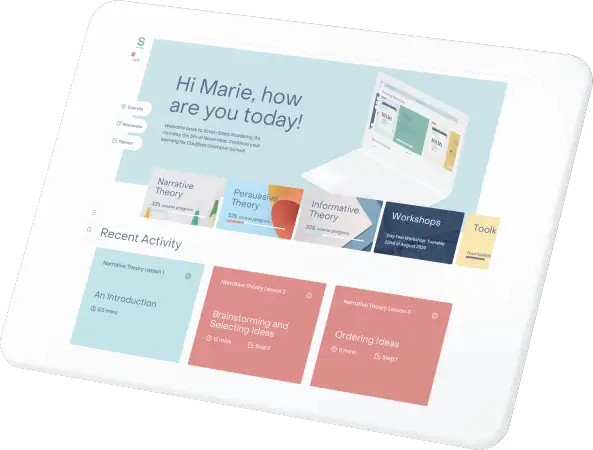My two-year-old son holds the monopoly on wonder in our household; every new thing he experiences fills him with an excitement that can’t be contained. Little things that I take for granted make his whole face light up with glee and his little feet dance a euphoric jig.
Unfortunately, by the time children reach school that excitement has been tempered by a growing maturity and self-consciousness.
A child’s world is fresh and new and beautiful, full of wonder and excitement. It is our misfortune that for most of us that clear-eyed vision, that true instinct for what is beautiful and awe-inspiring, is dimmed and even lost before we reach adulthood.
- Carson, 1965
As teachers, we need to tap into what’s left of the unbridled amazement of their pre-school years. It is our job to fill them with wonder every day as an essential starting point for learning and creativity.
While this may seem like an impossible feat at times, particularly with older students, we do in fact have everything that we need at our fingertips. There are ‘magic’ resources all around us in the form of technology, allowing us to do wondrous things:
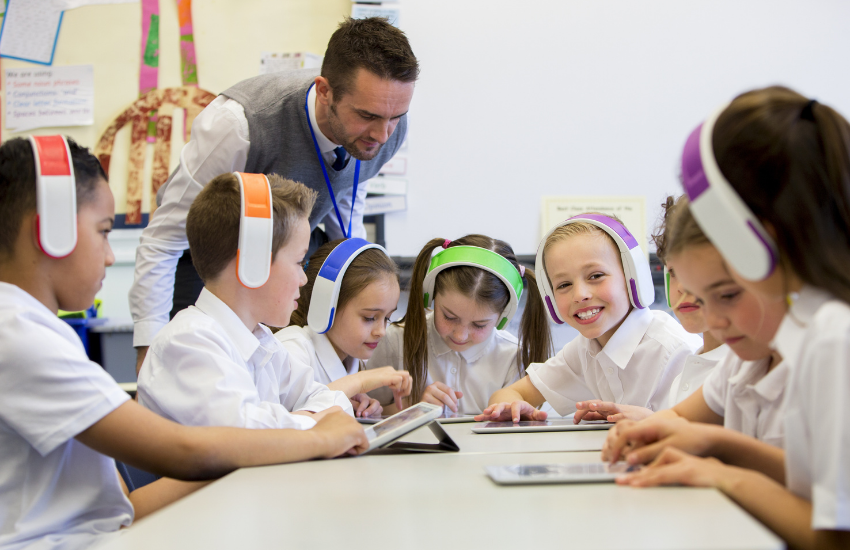
‘See? We live in a magical world.
We never have to wake from our dreams,
our restless minds now free to wonder
at the wonder of technology, at the magic we’ve created.
Possibilities are like stars now −
infinite constellations fuelled by pure imagination
leading to one destination − to you, to thrive.’
(Telstra, 2016)
Indeed, who would have thought even a decade ago that we could share photos by bumping our phones together, ask our iPad a question and expect an answer, track our steps and find out how well we slept by wearing a wrist band? According to Arthur C Clarke, technological advances such as these are ‘indistinguishable from magic’, what’s more they are only the tip of the iceberg.
Technology has given us a myriad of tools to put wonder back on the agenda in a classroom. Let’s start with some practical technology-based writing activities that utilise different apps and software.
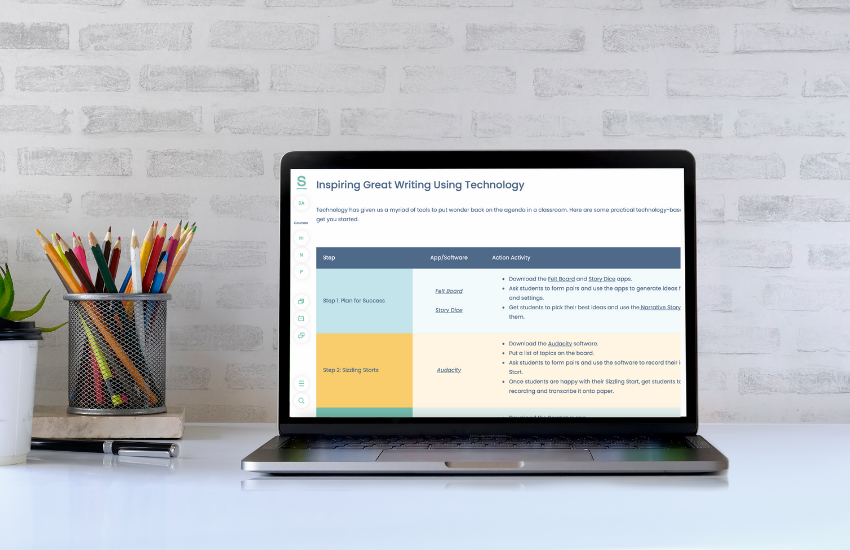
Inspiring Great Writing Using Technology
Inspire students with this list of practical, technology-based writing activities that utilise different apps and software – View resource. These activities cover all Seven Steps and can be adapted to narrative, persuasive or informative writing.
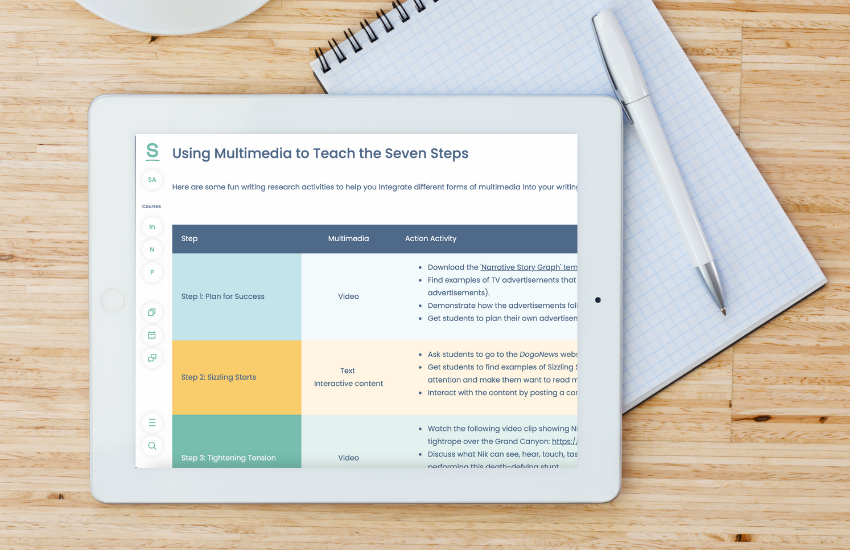
Using Multimedia to Teach the Seven Steps
Writing in a digital world is no longer just about the printed word. Inspire your students with this list of practical writing activities that use multimedia content to teach the Seven Steps – View resource
We live in a technological world – a world full of discovery, inspiration and wonder. Many of the jobs our students will do and the tools they will use are not even invented yet. The Australian Curriculum requires that teachers prepare students for a future we can’t even envisage by integrating technology across all subject areas and fostering ‘students’ capacity to be discriminating and informed producers, innovators and users of technologies’ (ACARA, 2012).
This is a momentous task, but one that should fill us with excitement not dread. Now more than ever we must learn alongside our students and create space and time to wonder. We are surrounded by opportunities to inspire and amaze our students, the only real limit is our own imagination!

This is an adapted version of an article by Sarah Bakker published by ALEA in Practical Literacy, Volume 22 Number 1 ~ February 2017.
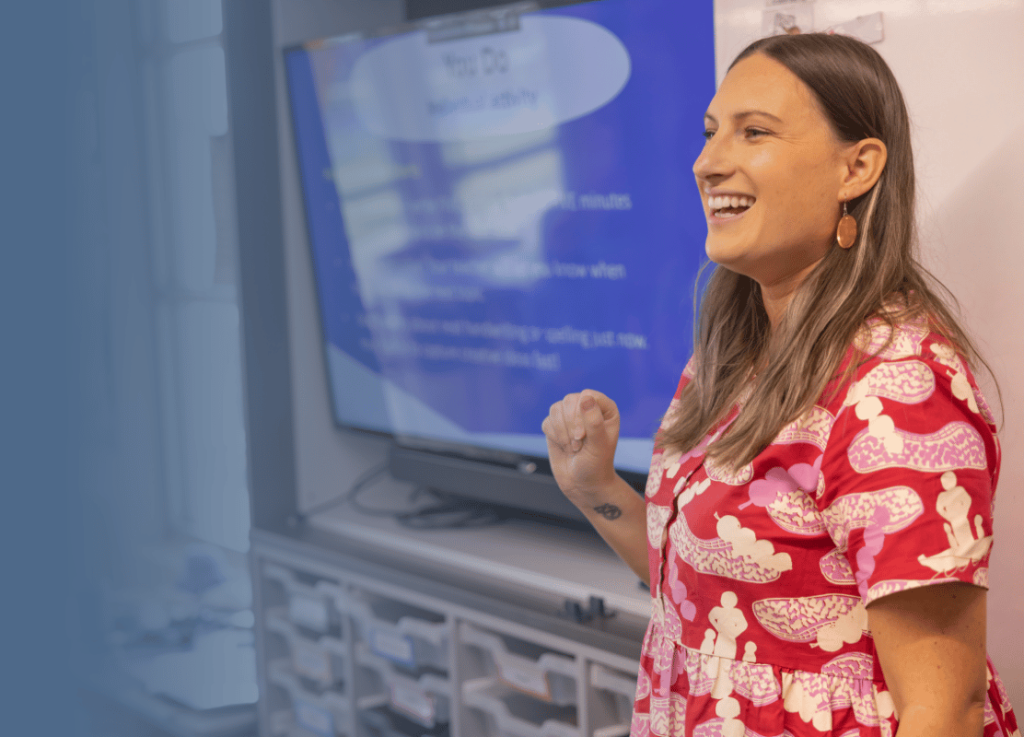
Become a Seven Steps member
